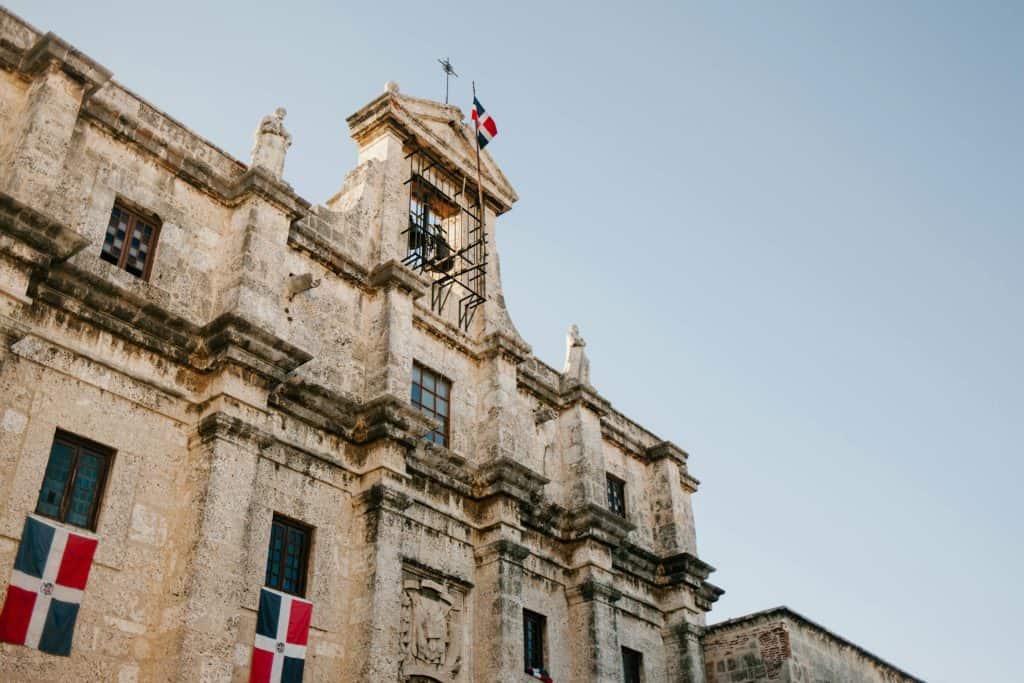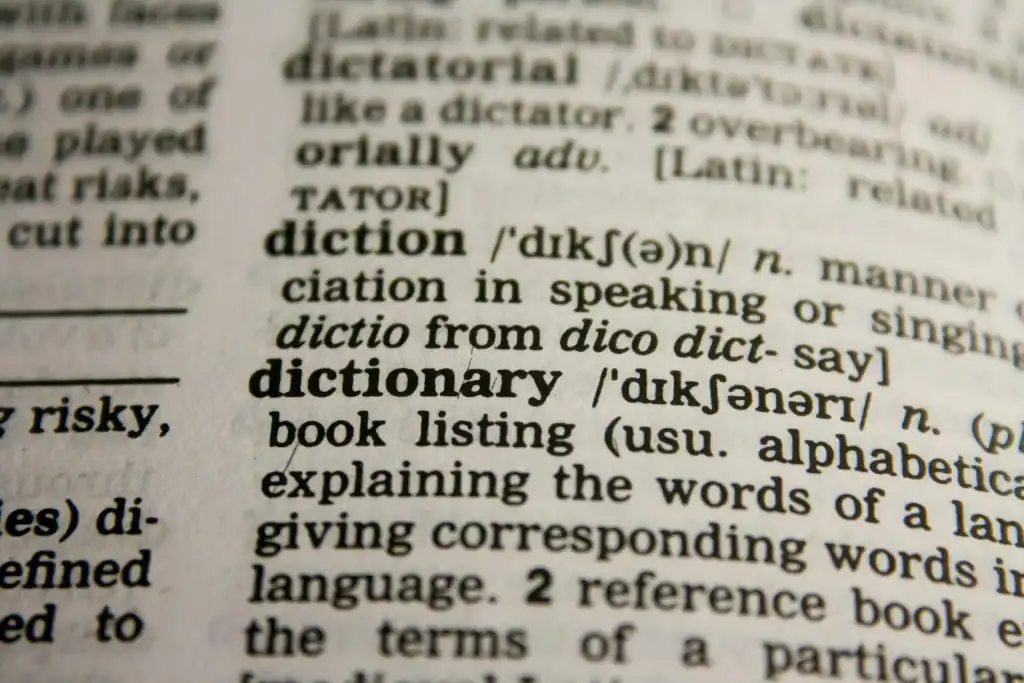The Day Rent Went Up and the Conversation Got Real
A humid Tuesday in Santo Domingo, I was sipping chinola juice at Don Julio’s colmado when my landlord slid onto the plastic chair beside me. He announced, with the casual tone reserved for weather forecasts, that my rent would jump by two thousand pesos next month. Instead of panicking, I took a breath and reached for the Spanish Vocabulary I’d polished during countless barbershop debates and Uber rides. We ended up dissecting electric bills, fresh-fruit prices, and neighborhood security fees. By the end of the exchange I hadn’t only negotiated a softer increase; I’d earned a nod of respect for speaking his financial language without sounding like a tourist doing math out loud.
Knowing the Numbers Behind Words
Money talk in the Caribbean and the Andes isn’t sterile spreadsheet chatter. It’s flavored by chévere optimism, peppered with neighborhood gossip, and measured in pesos that sway with every election promise. Mastering the Spanish Vocabulary of costs goes beyond translating “how much.” It’s about catching the playful “eso está caro, mi hermano” in the DR or the Colombian “uy, subió una barbaridad”, then answering in equally native cadence so the chat feels two-sided rather than an interview.
Dominican friends often lean into hyperbole when prices rise, joking that avocados now cost “un ojo de la cara.” Colombians, especially in Medellín, will compare today’s grocery receipt with last semana’s DANE inflation tweet. Both expect you to ride the wave of colloquialisms, conversion rates, and cultural reference points. The Spanish Vocabulary sprinkled here lets you surf instead of sink.
Spanish Vocabulary Table
| Spanish | English | Usage Tip |
|---|---|---|
| Costo de vida | Cost of living | Blanket term for rent, food, and utilities; sounds formal but common. |
| Aumento | Increase / raise | Use for rent hikes, salary bumps, or utility jumps. |
| Presupuesto | Budget | Locals shorten to “presu” in quick chats; keep it friendly. |
| Quincena | Fortnightly paycheck | Key for salary cadence; mention it when aligning bill dates. |
| Servicios | Utilities | Covers luz (electricity), agua (water), and sometimes internet. |
| Subsidio | Subsidy / allowance | Colombians reference it when talking public transport discounts. |
| Abarrotes | Groceries | More Mexican, but Dominicans understand; Colombians say “mercado.” |
| Arrendatario | Tenant | Formal; landlords prefer “inquilino,” but banks use arrendatario. |
| Inflación | Inflation | Drop it casually to sound informed about peso fluctuations. |
| Regatear | To haggle | Dominicans smile when you ask if a price is “regateable.” |
The Many Ways to Say “That’s Expensive”
Dominican Streetside Reality
In Santo Domingo, prices are as elastic as the guitar strings at a bachata bar. Vendors might start high, expecting a polite counter. When a motoconcho driver doubles the usual fare after rain, friends will tell you “eso es por la lluvia” with a shrug, half serious, half teasing. Listen for “ta’ fuerte”—a shortened “está fuerte” meaning the price hurts. Answer with playful solidarity: “Sí, pero el bolsillo no da pa’ tanto.” Dropping familiar contractions warms the dialog and keeps you from sounding confrontational.
Colombian Andes Perspective
Jump to Medellín and you’ll notice a softer dance. Paisas pride themselves on negotiation wrapped in courtesy. If rent spikes, a neighbor might sigh, “¿Vio que el arriendo subió?” Use the pause to show empathy, not panic. Reply, “Sí, me tocó ajustar el presupuesto porque la quincena no estira tanto,” sliding in quincena to prove you navigate local pay cycles. Expressing awareness of Colombia’s socioeconomic layers wins you credibility faster than quoting U.S. dollar conversions.
Example Conversation: Mercado Banter on a Saturday Morning
Vendedor (DR, informal): “¡Mi hermano, esa piña está a 120 pesos—barata, barata!”
Vendor: “Brother, that pineapple is 120 pesos—cheap, cheap!”
Yo (DR, informal): “¿Barata? Ta’ a precio de turista, compai. Dame dos por 150 y cerramos.”
Me: “Cheap? That’s tourist price, buddy. Give me two for 150 and we’re good.”
Vendedor: “Dos por 160 y te incluyo un mangó. ¿Hecho?”
Vendor: “Two for 160 and I’ll throw in a mango. Deal?”
Yo: “Hecho. Pero no me subas la próxima semana, ¿eh?”
Me: “Deal. But don’t jack it up next week, okay?”
Tendero (Colombia, formal): “Buenos días, señor. El tomate está a cuatro mil el kilo por la inflación de esta semana.”
Shopkeeper: “Good morning, sir. Tomatoes are four thousand per kilo because of this week’s inflation.”
Yo (Colombia, neutral): “Entiendo, pero mi presupuesto es ajustado. ¿Se puede a 3.500 si pago en efectivo?”
Me: “I understand, but my budget is tight. Could it be 3,500 if I pay in cash?”
Tendero: “Está bien, le hago el descuento porque es cliente frecuente. Así quedamos.”
Shopkeeper: “All right, I’ll give the discount because you’re a regular. We’re settled.”
When Exchange Rates Sneak Into the Conversation
Dominicans count dollars mentally, even when quoting pesos. A café owner might calculate rent in “dólar de la calle,” the black-market rate dancing outside Western Union kiosks. Colombians, on the other hand, track the TRM (Tasa Representativa del Mercado) announced each morning. Dropping phrases like “con el dólar a cien” in the DR or “si la TRM baja mañana” in Colombia signals you follow local financial weather, not just U.S. headlines.
Using Spanish Vocabulary around exchange rates transforms conversations from superficial price checking into deeper cultural exchanges. Mentioning inflación interanual (year-over-year inflation) while sipping a Club Colombia beer shows you respect hometown economics as much as sports scores.
Renting Strategies Told Through Spanish Vocabulary
In Santo Domingo, landlords often request three months upfront—deposit, first month, and a legal fee. Framing your counteroffer with native phrasing eases tension. You might say, “Podemos negociar el depósito si pago los servicios directamente?” focusing on utilities to shift the conversation away from lump sums.
In Medellín, many leases renew annually with an aumento pegged to Colombia’s IPC (consumer price index). Quoting “según el IPC del DANE” underscores that you know adjustment caps. Tossing in the Spanish Vocabulary term arrendatario during contract talks nudges brokers to treat you like a seasoned tenant instead of a wide-eyed foreigner.
Groceries, Gas, and Getting Around
My Dominican barber swears chicken doubled in price after hurricanes, though my receipts show a quieter climb. Still, confirming his claim with “Sí, la pechuga está subiendo full” validates his perspective. Over in Bogotá, taxi drivers lament fuel hikes. They’ll say, “El galón pasó de trece a quince mil,” expecting agreement. Responding with “La gasolina está que arde” blends empathy with local metaphor.
Sneaking Spanish Vocabulary into casual commutes opens doors. I once split a ride-share with a Colombian grandmother who, upon hearing my quincena remark, spent fifteen minutes mapping discount produce hours across Medellín barrios. All because I chose vocabulary that resonated with her pay cycle.
How Dominican Hyperbole Polishes Colombian Precision
Switching countries every few months keeps my ear agile. Dominicans teach me to exaggerate warmly—call a low price “un relajo.” Colombians sharpen my specifics—break down costs “a per-person, per-day” basis. When I cross-pollinate, I end up cracking jokes in Barranquilla with Dominican rhythm yet backing them with Antioqueño stats. Locals appreciate the hybrid accent like a merengue remix featuring vallenato accordion; familiar enough to dance to, novel enough to discuss.
This bilingual agility makes Spanish Vocabulary feel alive rather than memorized. Each peso debate is a workout: Dominican phrases stretch my humor muscles, Colombian structures firm up my grammar, and together they build conversational endurance for any Latin American checkout line.
Reflections on the Price of Words
Talking numbers in a new tongue can feel riskier than trading stocks. Yet every conversation about rent, pollo, or petrol trains the ear to subtle shifts in tone, teaches the dance between formal usted and friendly tú, and converts vocabulary flashcards into living currency. Bouncing between Dominican beaches and Colombian mountains keeps my Spanish alert to accents, exchange-rate jokes, and socio-economic cues hidden in everyday chatter.
So dive into your next cost-of-living chat with curiosity. Let Spanish Vocabulary guide you, but let local laughter shape the syllables. And when you pick up a new term—or discover that mangos cost less if you compliment the vendor’s baseball cap—drop a comment below. I’d love to hear how your own cross-country adventures stretch your pocket and your pronunciation in equal measure.



